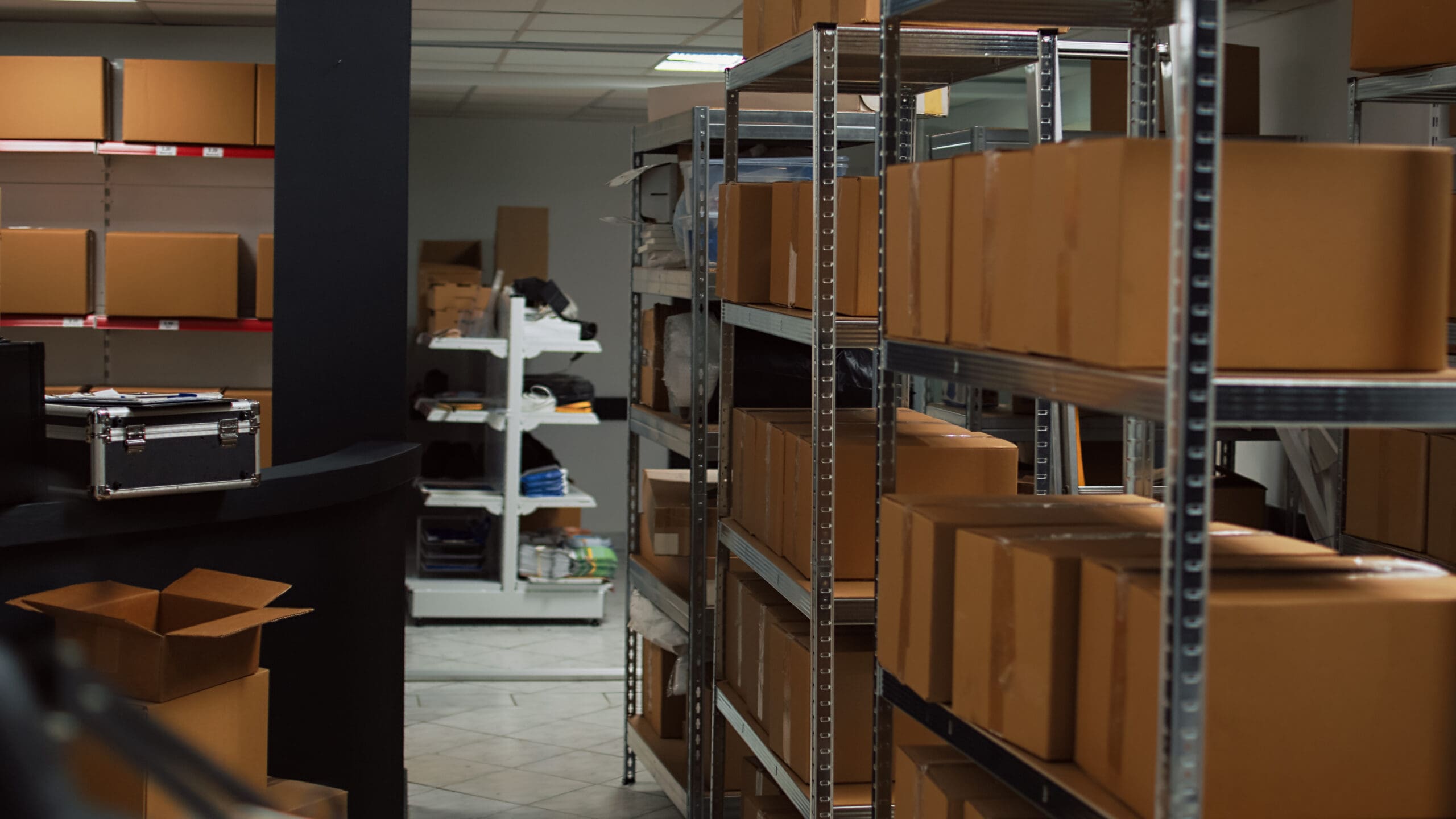Nowadays, businesses can access a plethora of financing options without ever going to the bank. However, choosing the best financing option that best meets your needs can be an overwhelming task. When choosing a funding source, you have to take into account a plethora of different factors such as your time in business, the purpose of the loan, and your overall creditworthiness. Without adequate research, your business can get stuck with a loan that you cannot afford. The good news is that there are new financing options out there that cater to more specific business ventures.
One such alternative financing option is crowdfunding.
What is crowdfunding?
Crowdfunding is a relatively new financing option that allows businesses to raise capital through a series of small donations from multiple individuals. These individual backers, depending on the crowdfunding strategy that was used, are usually offered something in return for their monetary contribution. Sounds neat, right? Crowdfunding has effectively changed the fundraising landscape for businesses and has paved the way for various innovative ideas to get the funding it needs.
What are the different types of crowdfunding?
There are three main crowdfunding types based on what businesses are willing to offer in return to their investors. Let’s discuss equity-based, donation-based, and rewards-based crowdfunding.
Equity-Based Crowdfunding
When investors are offered shares or a stake in the company in exchange for an investment, that is equity-based crowdfunding. As opposed to other types of business financing options, equity-based crowdfunding does not have a debt component. Instead, investors are offered partial ownership of a company.
Donation-Based Crowdfunding
Donation-based crowdfunding is a type of crowdfunding that encourages a free flow of donations from multiple individuals. This type of crowdfunding is most often used by charities and social organizations to raise money for a charitable cause.
Rewards-Based Crowdfunding
As the name implies, rewards-based crowdfunding involves businesses soliciting a stream of financial donations from individuals in return for an incentive or a token of appreciation. For instance, a startup clothing brand may reward anyone that contributes a certain monetary amount with a limited edition piece of clothing.
Do you pay back crowdfunding?
It depends on the type of crowdfunding strategy you used. If you are raising money through donation-based crowdfunding, then the individuals that contributed to your cause are expecting nothing in return. This means that businesses are not obligated to repay monetary contributions or offer equity. On the other hand, if you opt to use rewards-based or equity-based crowdfunding, then you are expected to either offer a token, an incentive, or an ownership stake in your company. If you are seriously considering crowdfunding as your next business financing option, it’s important to weigh the different pros and cons of this type of funding.
Crowdfunding Advantages and Disadvantages
When it comes to inventory financing, crowdfunding can present several advantages and disadvantages. To help you make an informed decision, we have compiled the most common pros and cons of crowdfunding.
Advantages of Crowdfunding
- Little to no financial risk. Crowdfunding allows businesses to test the viability of a product, a project, or a business venture without spending a fortune on raw materials or making a huge investment.
- Fundraising and marketing in one go. One great thing about crowdfunding is that it lets you raise the necessary capital you need while also validating your business idea. With crowdfunding, you would be able to gauge whether or not your business idea will generate enough demand to be profitable.
- You can opt to not give up your equity. Depending on the type of crowdfunding used, businesses can offer perks or rewards instead of equity. This helps you keep full ownership of your company and in charge of all business decisions.
- Great way to test the market. What makes crowdfunding unique is that it enables businesses to test the market before making a huge investment. If your crowdfunding campaign succeeds, this means that there is ample demand for the product or service that you are offering. If it doesn’t, then maybe it’s time to go back to the drawing board and start over.
Disadvantages of Crowdfunding
- Takes a lot of time and effort. The truth is that crowdfunding is a lot of work. From writing persuasive content to developing convincing marketing campaigns, you have to make sure that your campaign is interesting enough and that it conveys what your business is trying to achieve.
- May come with a lot of fees. Keep in mind that most crowdfunding platforms take a percentage of the funds raised by successful crowdfunding campaigns. You’ll also likely encounter signup fees and third-party payment processor fees.
- Risk of losing intellectual property. One of the requirements of a crowdfunding campaign is for a business to disclose its business idea. Unless your idea is protected by the necessary measures, you are risking losing valuable information about your product and opening the door for copycats.
- There is always a possibility of failure. Crowdfunding is becoming increasingly congested with thousands, if not millions, of crowdfunding campaigns being hosted each day. If your campaign doesn’t stand out, chances are you wouldn’t be able to meet your funding goal. It is also important to note that if you don’t meet your campaign goal, even if you raised a significant amount of money, you would not receive anything.
Is crowdfunding a good option to consider for inventory funding needs?
Fortunately, crowdfunding is a constantly evolving financial product. It has developed offshoots that focus on specific causes such as women-led projects, minority-owned businesses, social and environmental causes, as well as a platform that solely hosts inventory crowdfunding initiatives. If you are considering crowdfunding as an option to fund your inventory needs, you should check out Kickfurther.
Kickfurther is an inventory financing platform that allows businesses to raise funds through consignment opportunities or co-ops. Brands go through a strict vetting process that involves a review of their sales performance, personal and business credit history, as well as an internet search for any negative or criminal news about the business. This ensures that businesses using Kickfurther are a great fit for the platform and its community. If you want more information, visit www.kickfurther.com.
What are the most common types of inventory financing?
Apart from crowdfunding, there are several ways that businesses can choose to finance their inventory. If you think crowdfunding does not suit your business’s needs, check out these other inventory financing options:
Short-Term Loans
As the name implies, short-term business loans are mostly associated with loans that have shorter repayment periods. These loans are often offered by traditional financial institutions like banks and credit unions. This type of loan can be used for a variety of purposes such as purchasing equipment, financing expansion projects, or developing a new product. The only downside to this type of loan is that it often has higher interest rates compared to other types of loans.
Lines of Credit
A business line of credit is more flexible compared to term loans as it can be accessed anytime as long as businesses pay their balance on time and do not go over the borrowing limit. This could be a great option for inventory financing as a revolving line of credit could help businesses buy additional inventory during peak shopping seasons.
Personal Savings
Depending on the circumstances, using money you’ve saved up could be a great way to cover cash flow shortages. The main advantage of using your personal savings is that you do not go into debt. However, it’s important to note that this should be a last resort as you risk losing your investment forever in case your business folds.
Credit Cards
Credit cards can be used to cover day-to-day expenses while also accumulating points and rewards. When choosing a credit card as an inventory financing option, make sure to look for financial institutions that offer interest-free financing that would let you pay for big purchases over time without paying for added interest.
Online Loans
Online loans are offered by, you guessed it, online lenders. Online lenders are not associated with traditional financial institutions and are often seen as an alternative to banks. Like other loans, the amount that a borrower can qualify for is based on their overall creditworthiness. However, that does not mean that bad credit can hinder you from getting approved for an online loan. Online lenders are known to be more flexible when it comes to a borrower’s qualifications and can be a great option for borrowers that have exhausted other efforts to secure other types of loans.
How to apply for an inventory financing loan?
Inventory financing loans allow you to leverage your inventory to be able to secure additional funding. However, not all businesses will be able to qualify for an inventory financing loan. For a business to enjoy the many benefits of inventory financing, it must first meet the following criteria:
- Must be operational for at least one year
- Must be a product-based business with a reliable inventory management system
- Must agree to a due diligence process
- Must provide relevant and accurate financial statements
- Must prove that the business is profitable
- Must provide credit history and scores
Key Takeaway: Which Financing Option Is Best For Your Business?
Choosing from the many different types of inventory financing loans can be overwhelming. If we could leave you with one piece of advice, it’s this: shop around! The truth is that not all inventory financing loans are created equal. As a responsible business owner, don’t forget to compare interest rates, maximum loan amounts, and repayment terms offered by various lenders to be able to determine which loan will give you the best deal possible.
About Kickfurther
Kickfurther is the world’s first online inventory financing platform that enables companies to access funds that they are unable to acquire through traditional sources. We connect brands to a community of eager buyers who help fund the inventory on consignment and give brands the flexibility to pay that back as they receive cash from their sales. This alleviates the cash-flow pinch that lenders can cause without customized repayment schedules, allowing your brand to scale quickly without impeding your ability to maintain inventory or financial flexibility.









